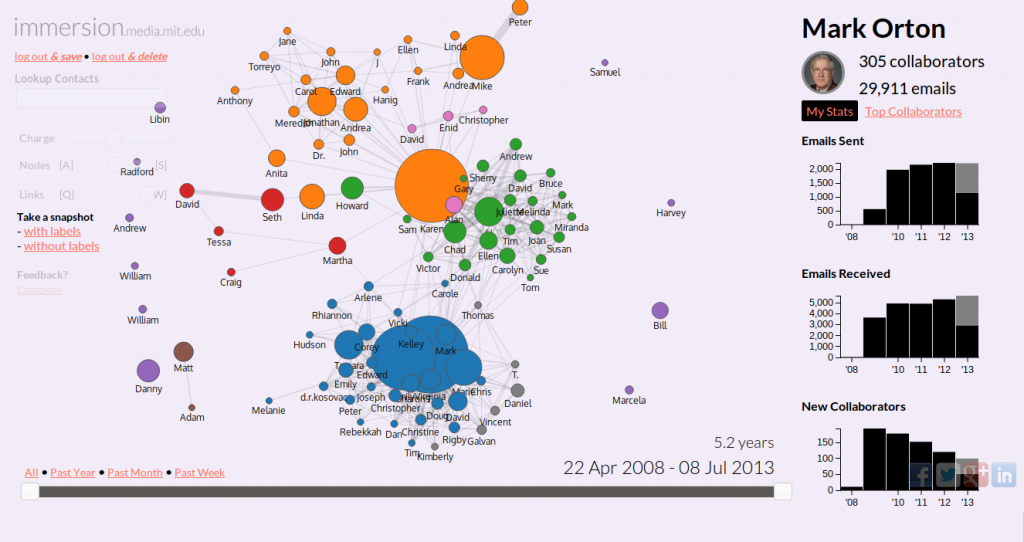Guest commentator Mark Orton presents a dark view of the future following the 2016 presidential election.
Mark Orton
Mark Orton reviews Glenn Greenwald's book on Edward Snowdon's controversial revelations about surveillance in the US.
Mark Orton, our friend and former Cantabridgian, now living in Hudson, NY (aka Cambridge on the...
In the current Davis-Orton show in Hudson, New York, Four photorgraphers make powerful statements about the...
Karen Davis and Mark Orton--Cantabridigians until this summer--invite all to a reception and opening celebration for...




